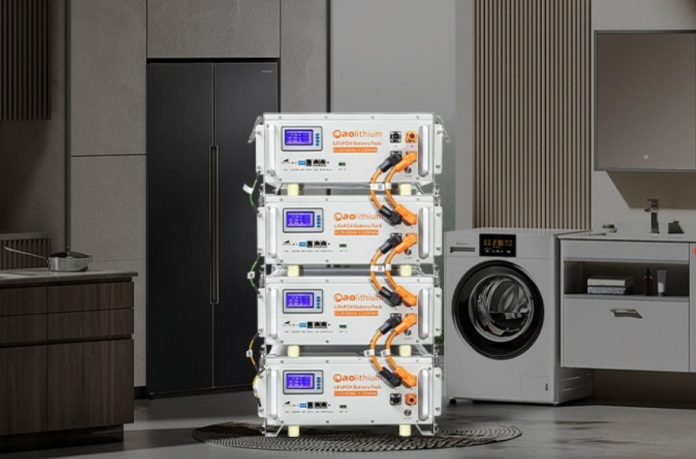Lithium batteries, specified for their high capacity upon energy, longer lifespan, and efficiency. They have transformed the world of energy storage. If you have bought a 48V lithium battery, it is vital to learn the right charging processes in order to boost its lifespan while preserve its reliability. Here is a step-by-step instruction for charging a 48V lithium battery.
Understanding the Basic principle
- Battery Management System (BMS): New 48V rack mount LiFePO4 battery has a BMS. This system monitors and manages the battery’s operations to ensure safe charging and discharging.
- Charge Voltage: Make sure that you have charged at the correct voltage. For a complete charge, a 48V lithium battery normally requires a charger that generates between 54V and 58V, depending on the manufacturer’s specs.
Choose the Right Charger
Invest in a high-quality charger that is specifically intended for lithium batteries. Check that it is suitable with 48V batteries and that it offers the required voltage.
Pre-Charge Examination
Prior to charging:
- Check the server rack battery backup and its physical condition. Look for any damages, leaks, or bulging.
- Ensure the battery’s terminals are clean and free from corrosion.
Connecting the Charger
- Connect the positive (red) charger to the positive terminal of the battery.
- Then, connect the negative (black) charger to the negative terminal.
Charging Process
- Turn on the charger and set it to the mode (if available) suitable for lithium batteries.
- Monitor the charging process. Many chargers will indicate the battery’s charge level and will automatically stop or switch to a maintenance/trickle mode once the battery is fully charged.
- Never overcharge. Overcharging lithium batteries can damage them and shorten their lifespan.
Precautions for Safety
- Ventilation: Make certain that the charging space is well-ventilated, ventilation is always recommended.
- Temperature: Charge the battery in a cool atmosphere, ideally between 15°C and 25°C. Extreme temperatures can have an impact on the charging process and the health of the battery.
- Monitoring: Never leave the battery unattended when charging, especially if it’s your first time or if you’re using a new charger.
Disconnecting
- Before disconnecting, turn off the charger.
- First, remove the negative (black) charger lead from the negative terminal of the battery.
- After that, unplug the positive (red) charger lead.
Post-Charge Inspection and Storage
- Once charged, inspect the battery for any unusual indicators, such as excessive heat or swelling.
- If you aren’t using the battery right away, store it in a cool, dry place away from direct sunlight.
Regular Maintenance
- Perform routine maintenance inspections on the battery and charger. Check that all connections are secure and that there is no wear or tear.
- To guarantee optimal charging, keep the battery’s terminals clean.
Conclusion
Charging a 48V lithium battery is a simple operation. However, paying attention to detail promotes lifespan and safety. You may enjoy the benefits of your lithium battery for years to come if you follow the proper procedures and invest in the proper equipment.



